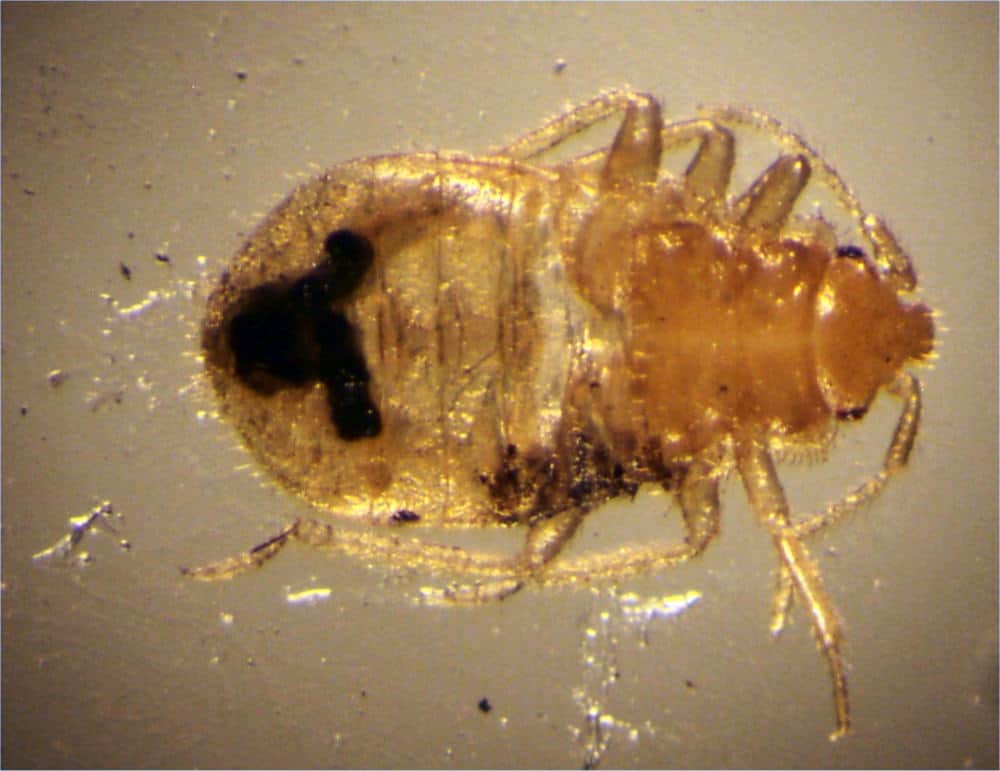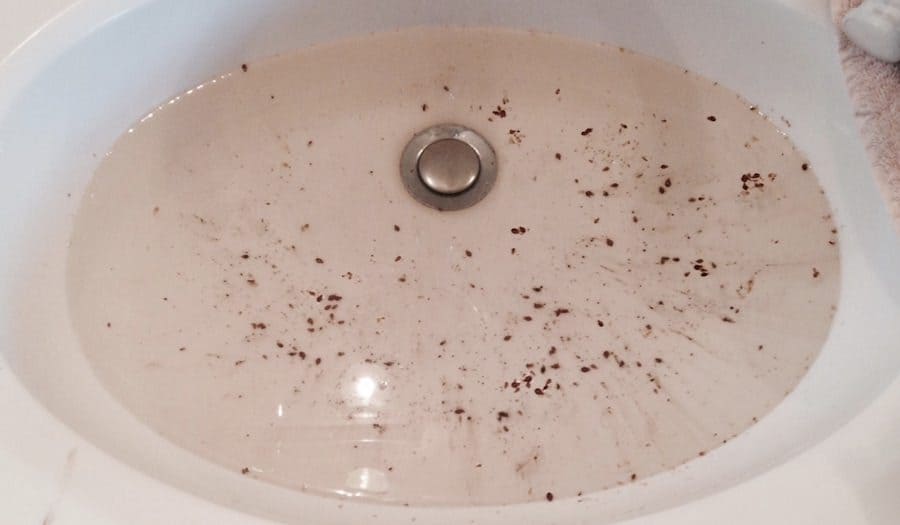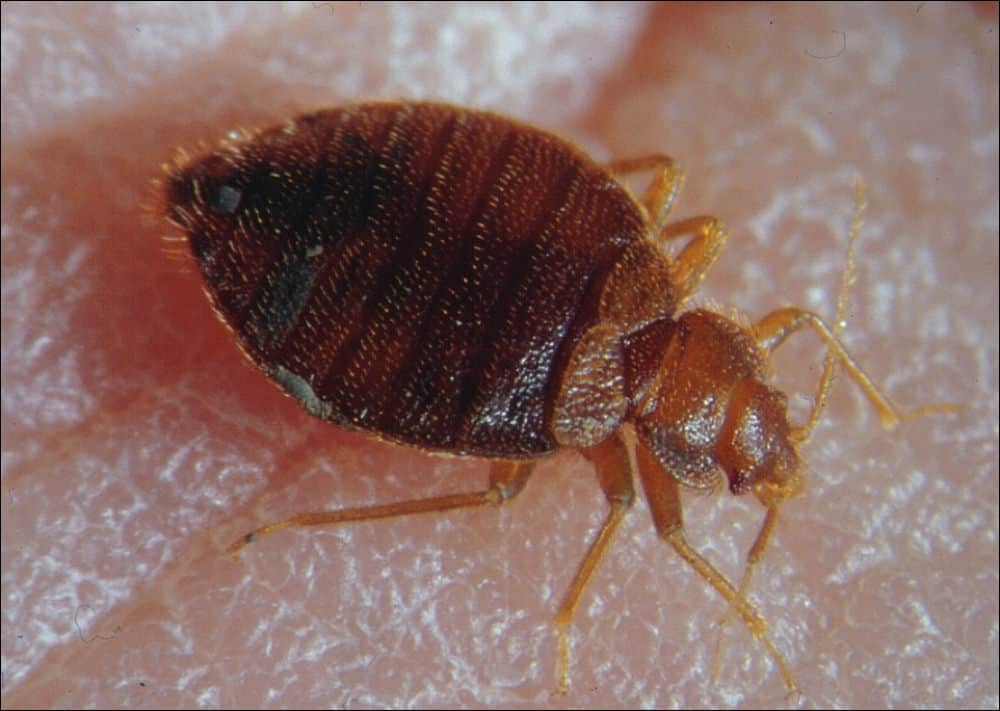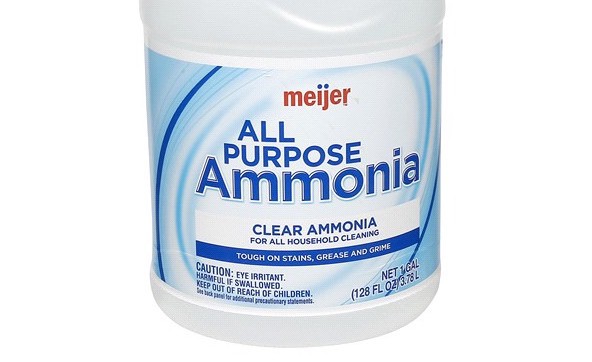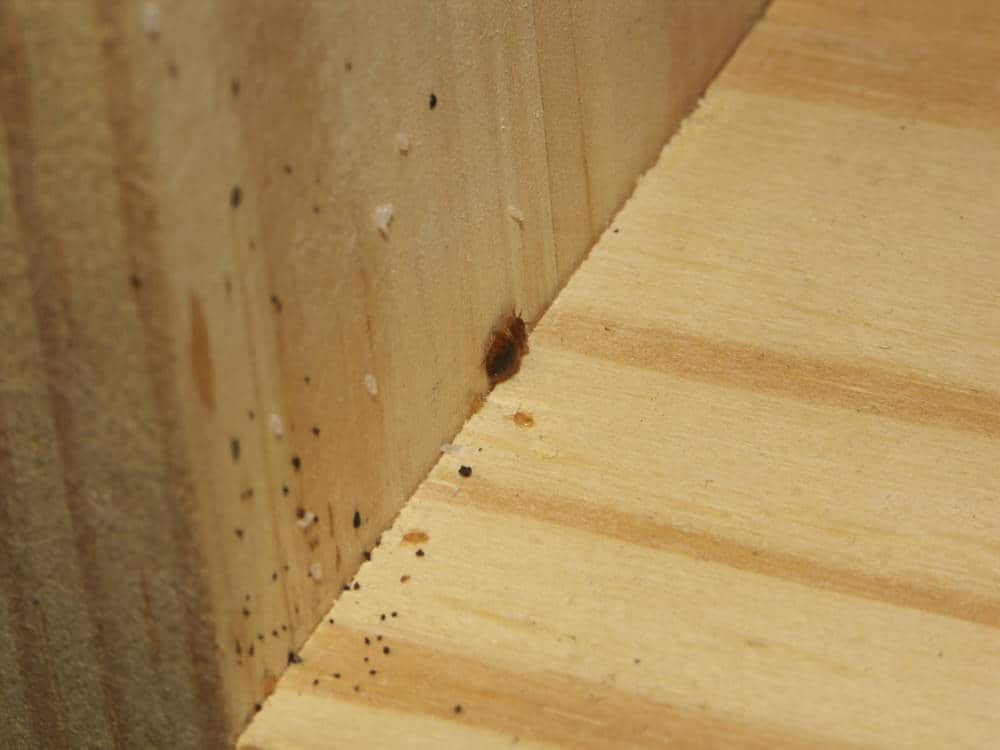Bed Bug Feces: Everything You Need to Know
You can call it what you like; bed bug feces, droppings, or even scat. Bed bug poop is an indication of a problem, and I will tell you what you need to know in order to stop the problem in its tracks.
We will discuss how to identify bed bug feces, where in your home it can be found, and if finding it means you have a bed bug infestation. I will also explain if bed bug poop can spread disease and how to clean your bedding, clothing and carpets thoroughly.
What Does Bed Bug Poop Look Like?
Bed bugs themselves are very small insects; the size of a small tick or a roach hatchling. Their feces, on the other hand, will be even smaller. However, identifying bed bug feces may be the only indication you get that you have an infestation.
Even though bed bugs bite us and take our blood, some people will never suffer from effects of these bites. You can go weeks without knowing there is a problem, (unless you know what to look for).
You can inspect your sheets near your feet and headboard for drops of your blood from when you got bitten.
However, the most likely evidence you will find is their poop. As they feed, they will leave droppings of the digested blood. While it is wet, it is still a dark red in color. It dries very fast though and will turn dark rust to even black in color.
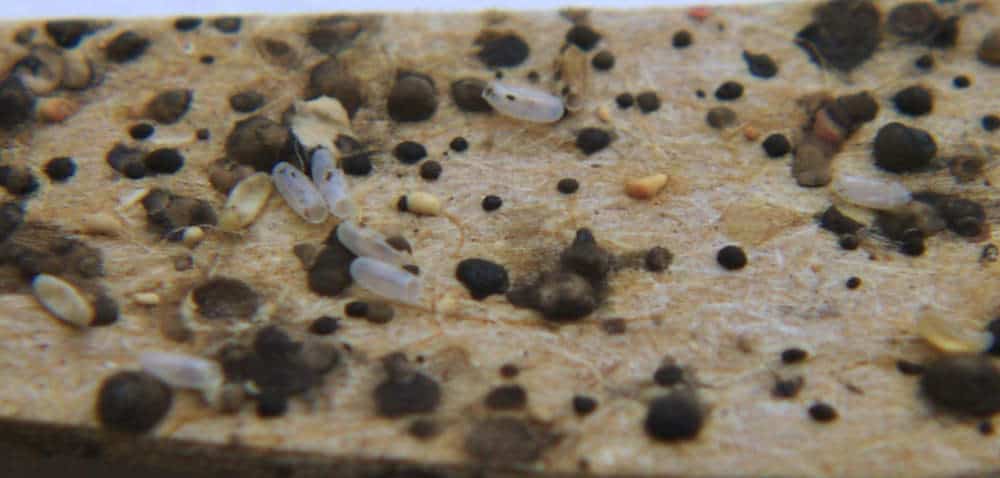
The poop will soak into the sheets, so don’t expect there to be physical droppings you can wipe off or vacuum up, as you would find with mice droppings. The bed bug poop will come in various spots around their locations; either feeding or sleeping areas.
When you first see the poop, it may appear like tiny little dots left over from a felt tip pen, or fine tipped marker. Usually, there will be multiple dots in a given area where bed bugs have been holding up. These are droppings that are left while feeding or hiding.
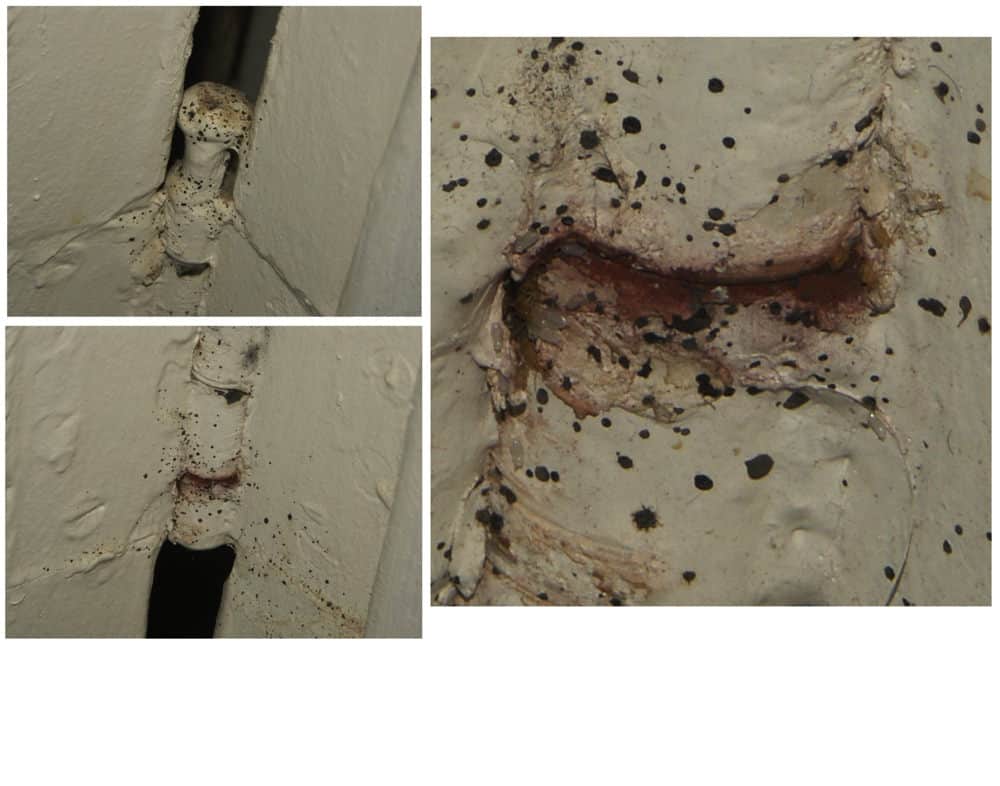
Droppings left where they reside and hide during the day will be more pronounced. There will be a lot more of them as the bed bugs tend to congregate together while hiding. You may notice areas of your bedding or mattress that appear to be moldy or covered in mildew. This is most likely bed bug poop.
Where Can Bed Bug Feces Be Found?
Anywhere that bed bugs go, they will poop. The first places to check are going to be on and around your bed.
Pulling back the covers to expose the entire mattress and bottom sheet will help you, when you look. You can check the middle of the bed, but in general, bed bugs will feed on our exposed skin which tends to be around the ankles and on our arms. You should begin your search near the edges of the fitted sheet.
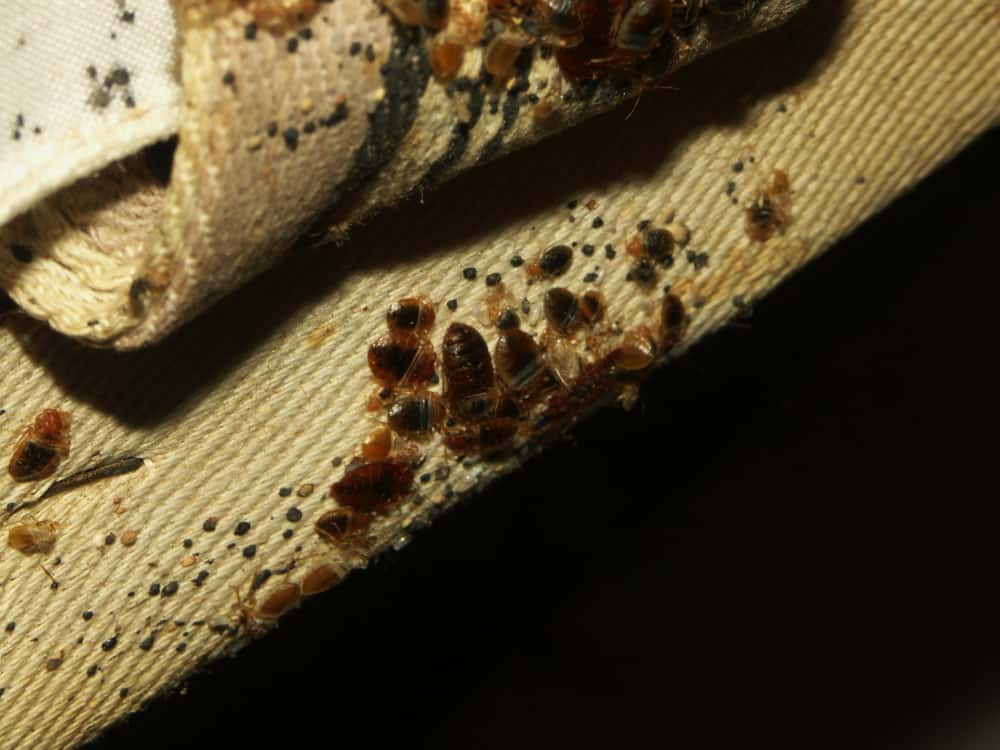
Removing the bottom sheet, you can inspect your mattress itself. Pull up the edges and look through all the cracks and crevasse. Bed bugs like to hide under the welting of the mattress. Lift up the edges of the welting and inspect where the edges have been sewn together.

My Favorite Bed Bug Mattress Encasement
My favorite mattress protector currently on the market is the SureGuard Mattress Encasement. Along with being completely bed bug proof, it’s also waterproof and hypoallergenic. SureGuard are so sure of this protector that it also comes with a 10 year guarantee.
The mattress protector prevents bed bug transportation by using SureSeal technology, and by using an extremely fine zipper that not even bed bug nymphs can impregnate.
The encasement is also super-easy to clean, and is free from PVC, vinyl, fire retardants, Phthalates, and other toxic chemicals.
Also in the range is the SureGuard Box Spring Encasement & Pillow Protector
The corners of the mattress are the most common spots. In more severe infestations, you will see the mildew-like presence of feces along the entire edges of the mattress.
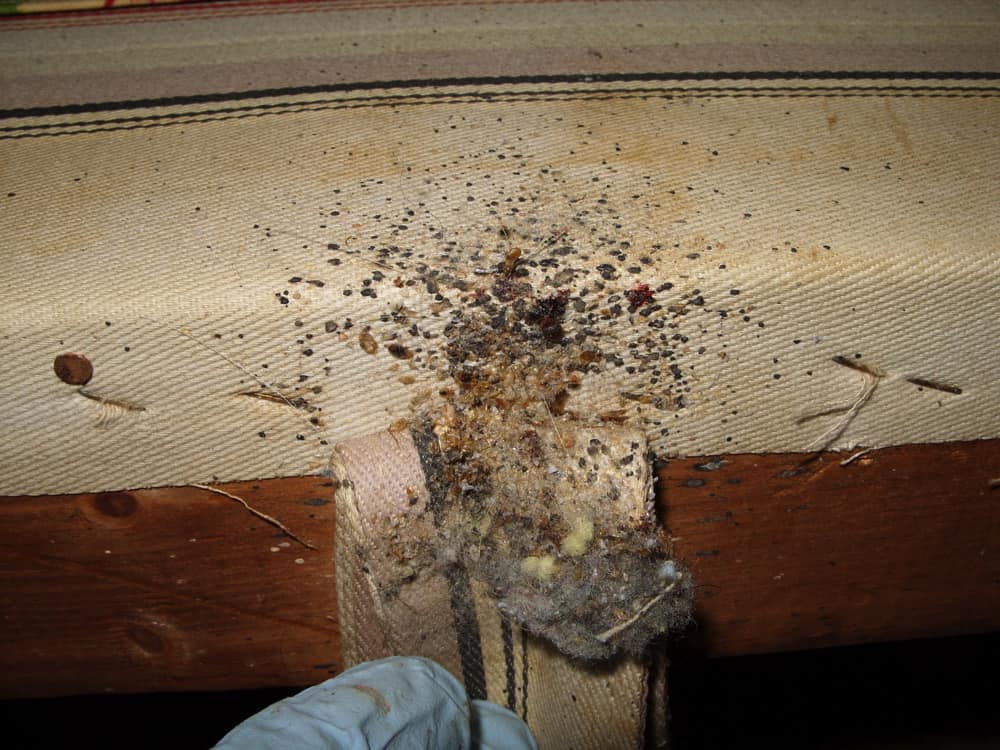
You should also check your window sills, window dressings and carpet edges. Bed bugs will go just about anywhere they can, even under wallpaper and behind picture frames hanging on the wall.
Check your drapes and curtains. Be sure to inspect anywhere that the curtains bunch up or loop around the rods. The carpet can be difficult to examine. When checking your carpeting, stick to the edges where it meets the wall. You can pull the carpet up off of the tack strips along the baseboards and look at the underside of the carpet itself.
Also, don’t forget to pull up the carpet padding and check both sides of that as well.
Steam cleaning the carpet or other fabrics can be a great way to penetrate deep into the fibers, instantly killing any bed bugs or eggs that may be hiding otherwise out of reach.
If you’re looking for a powerful and reliable steamer for use against infestations and at a good price, the PureClean XL Rolling Steam Cleaner is a great choice. It’s heavy-duty, made to last, and produces a great covering of extremely hot pressurized steam – exactly what you want in order to kill insects and their eggs on impact.
This steamer can be used on a wide number of surfaces and objects, including mattresses, carpets, curtains, clothing, box springs, bedding and baseboards.
Does Finding Poop Mean You Have Bed Bugs?
Finding evidence of bed bug feces is almost a sure sign you have bed bugs. How severe is a different story, but if you find their poop, you will also most likely find them.
This can be tricky depending on how much poop you find and what you find it on or in. For example, if you get a second-hand bed, that bed may have once been infested with bed bugs and been treated. However, removing all of the fecal matter may have proven too difficult, leaving you with dirty surfaces but no bed bugs.
This is also prevalent in rental houses and hotels. The room and mattress may have once been infested and they have since removed the bed bugs, leaving the black spots indicating bed bug poop behind, either by accident or just missed it.
However, if your bed was bought new, and you have only had it in your house, and there are bed bug stains on your mattress, you will more than likely have a bed bug problem on your hands.
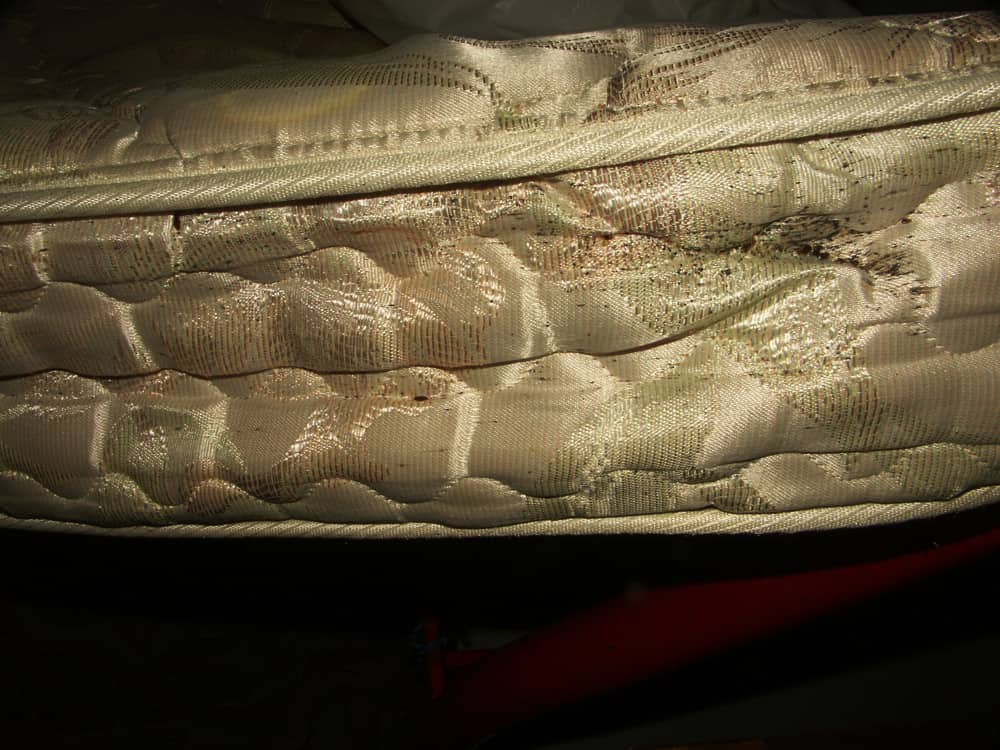
It’s important to remember not to panic if you suddenly realize that you’ve got a bed bug infestation on your hands. Although tricky to eliminate, there are many ways to get rid of bed bugs.
You can always go straight ahead and get in touch with a bed bug pest control expert, or you can try the many DIY home treatments that thousands of people have had success with.
Cheap solutions like alcohol and diatomaceous earth can be very effective when used around the home, but be extremely careful and wary about using more industrialized bed bug killing chemicals, as these can come with significant health and safety risks.
When looking for Diatomaceous Earth to use, don’t worry about buying anything too special or expensive, as most forms are more or less similar to each other. However, choosing a food-grade DE is probably your best choice as it can be less hazardous than other forms. A bag like this DiatomaceousEarth Food Grade 10lb should work absolutely fine.
Can Bed Bug Droppings Spread Disease?
This is an interesting question to answer. The immediate answer is no; they cannot. However, it is not entirely impossible. While there have been numerous accounts of bed bugs and they have been studied for decades, bed bugs themselves have not been known to transmit diseases to humans or pets.
Nevertheless, more recent studies suggest that bed bugs can become host to the Chagas parasite. If this happens, you can (and I stress the improbability of this word) become infected with Chagas yourself.
For this to take place, the bed bug would have to defecate while feeding. Which, they do. They would also have to defecate in the open wound they created with their scissor-like beaks. Since bed bugs do not poop from their mouths, this is already highly unlikely. The wound they create to feed will only remain an open wound for up to ten minutes.
During these ten minutes, they would have to stop feeding, turn around and poop directly into the wound. Not only that, but the bed bug would then also have to poop a live Chagas parasite into the wound.
Since parasites rarely leave a host alive, the overall chances of this exact situation happening to you is so highly unlikely that it is not really accounted for, except in scare tactics to get you to spend more money on treatments of bed bug infestations.
Other than this highly improbable and very specific example, bed bug poop has not been identified to transmit any other diseases to humans.
How To Clean Bed Bug Poop Out of Beds, Clothing, and Carpets
With the exception of your clothing, elbow grease and a few household chemicals will be needed to remove bed bug poop from your items.
Clothing
Your clothing can go through the washer and dryer as normal. The cycles and detergents (especially if you use bleach) will be more than enough to remove the feces from your clothes. If you have dry clean only clothes, you can specify the issue with your dry cleaner, or use dry cleaner bags with the cleaning chemicals in your dryer.
Beds and Carpets
When dealing with mattresses and carpets (and also walls and window sills), your best method of cleaning is elbow grease. When you first notice the poop, you need to dab it with cold water. Bed bug poop is essentially only blood, and cold water will loosen the enzyme particles that keep it locked in the fibers.
Use a dry cloth to scrub the area dry before using chemicals. Once the area is dry, use a solution of cold water and hand soap with a cloth to scrub the area clean.
Steamers can be a great way of safely heating off any stubborn marks and germs, and can also help to kill any bed bugs and eggs still lingering deep within carpet, furniture and other fabric.
You can also pretreat the area with an enzyme-based stain remover, or if the stains are stubborn, you can use a mixture of hydrogen peroxide and ammonia (one to one mixture) and clean with a cloth.
Summary
Bed bug poop can be a nuisance and can stain your bedding, mattresses, and drapes. Spotting the poop early and treating with cold water is your best bet to remove the stains it can cause.
Identifying what bed bug poop looks like and where it will be found is crucial to your overall bed bug elimination process.


